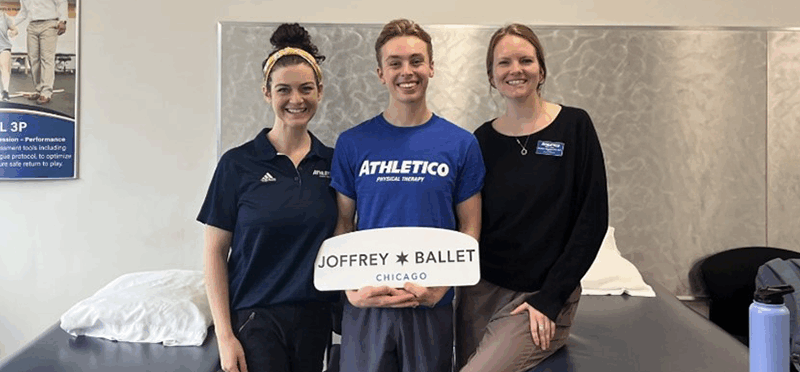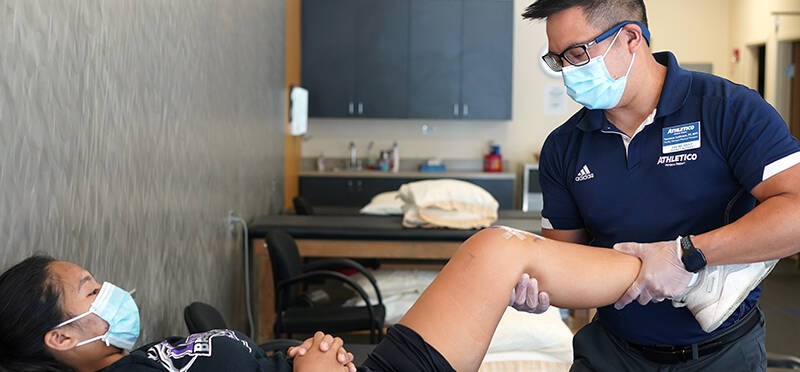You Tore Your ACL, Now What?
Posted on August 5, 2024 by Tanner Neuberger, PT, DPT, TDN Level 1
You had the unimaginable happen; you tore your ACL. You probably felt it pop or knew exactly what happened when...
(more…)








